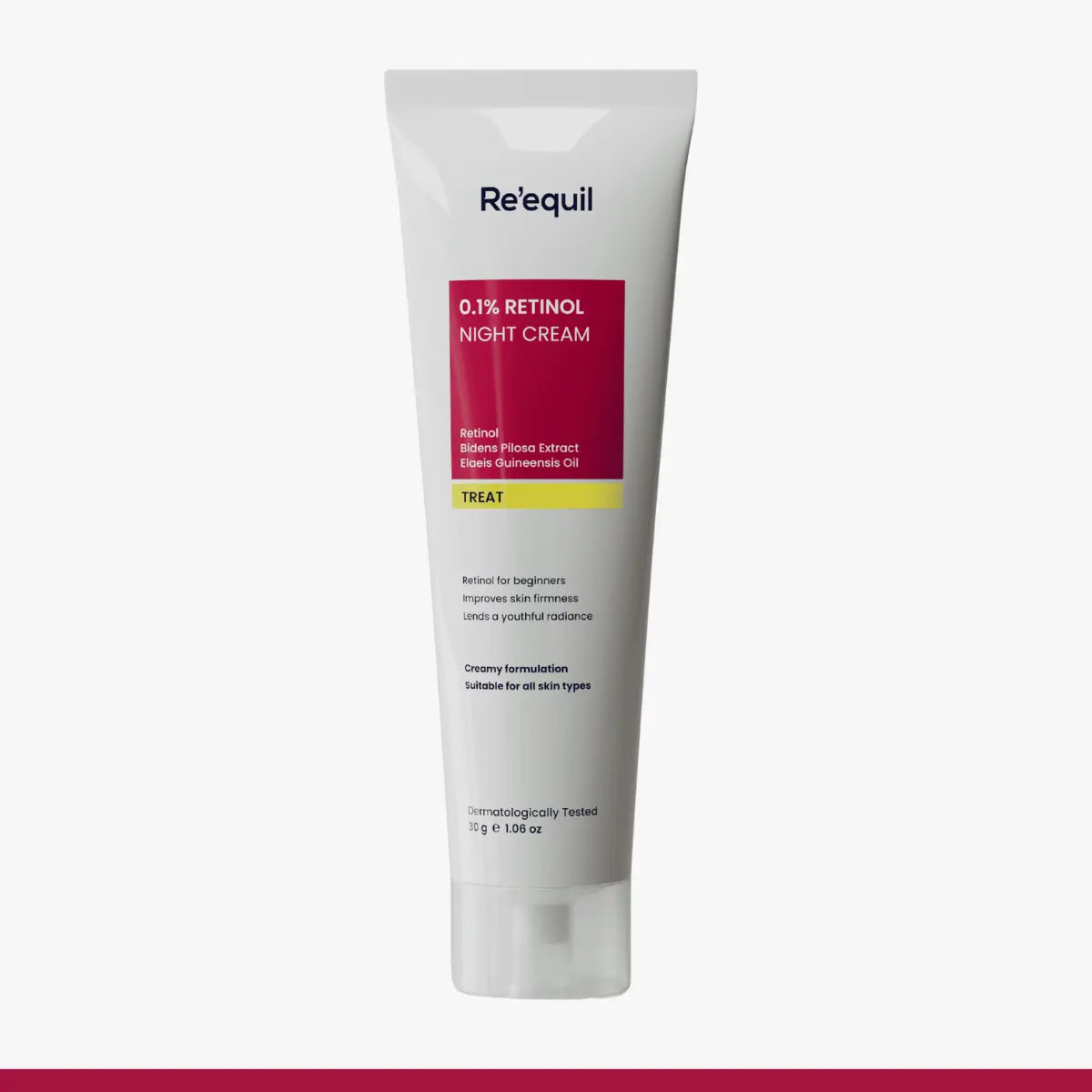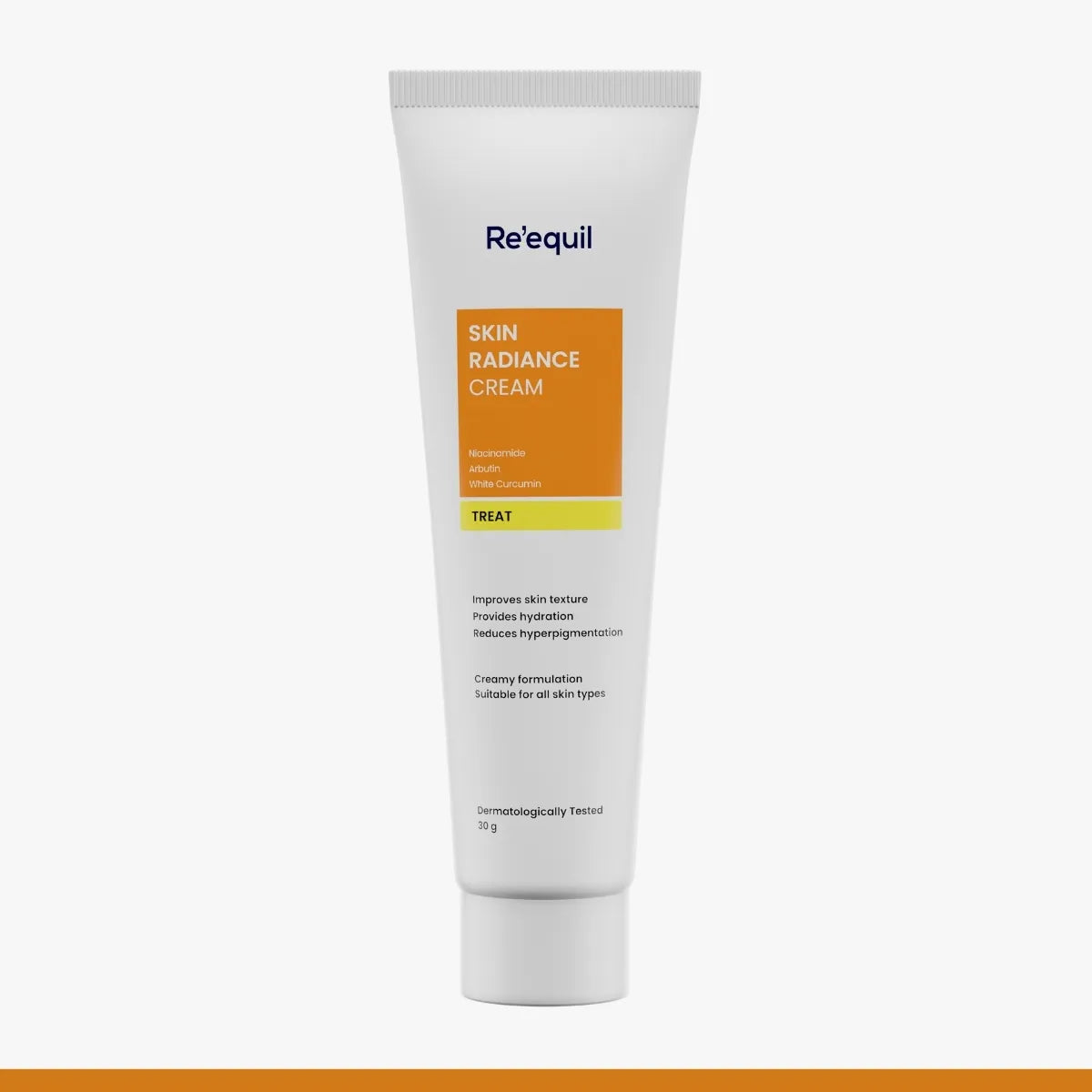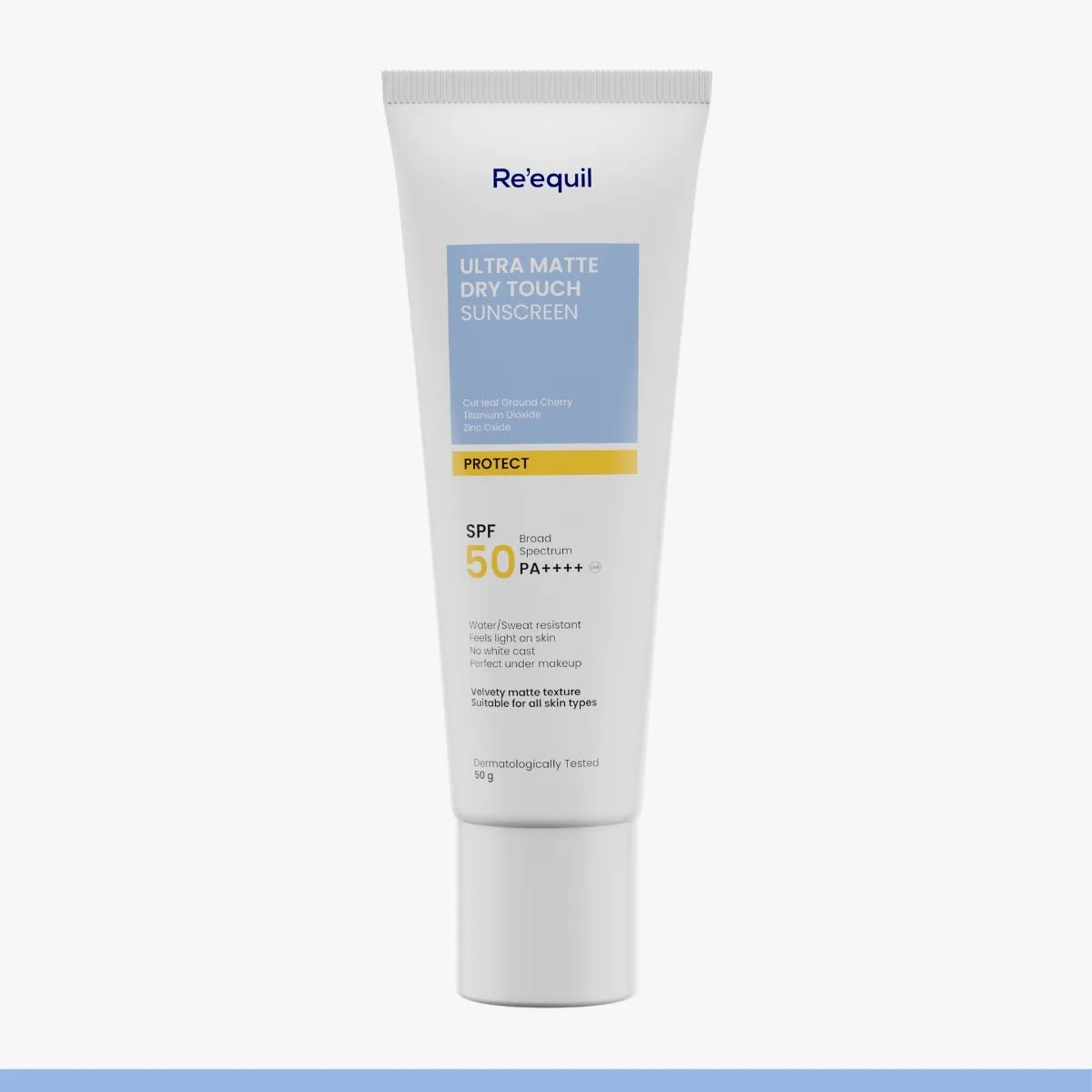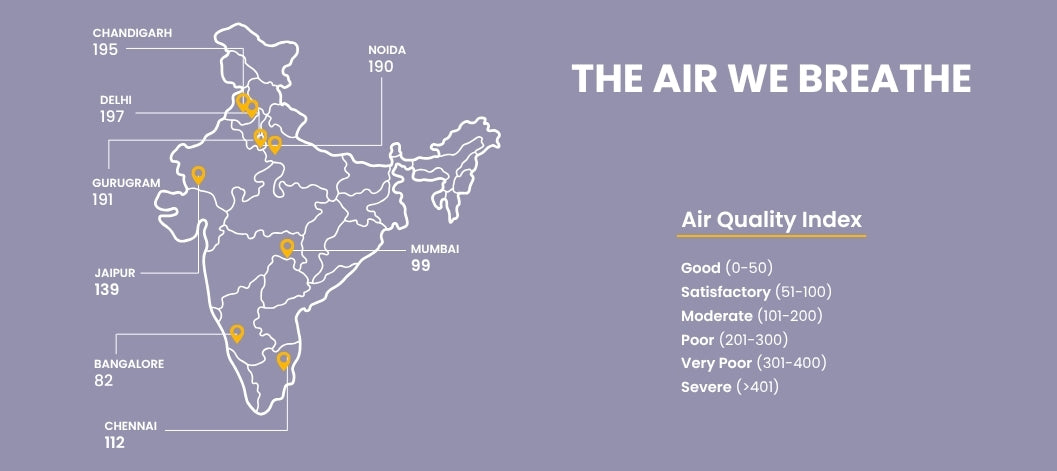In November 2024, less than three months after he moved to Delhi, a friend from South India started suffering from acne.
He tried everything — new cleansers, expensive serums, cutting out dairy — but it got worse.
When he finally saw a dermatologist, the first question caught us both off guard: “What’s the AQI in your area right now?”
Until that day, I’d only thought of air pollution as something that choked lungs and hurt children and older adults.
Skin never crossed my mind.
Yet, in a country where the Central Pollution Control Board (CPCB) routinely flags the Air Quality Index (AQI) in the ‘very poor’ to ‘severe’ zones, the assault on the skin is relentless.
Air pollution and human skin
Several research papers published in the Indian Journal of Dermatology, Venereology and Leprology confirm that airborne pollutants settle across the skin’s surface. They penetrate pores, disturb the skin barrier and trigger oxidative stress resulting in skin redness, premature wrinkles, pigmentation, acne-flare-ups.
Major Contributors Of Air Pollution
Here’s how the mechanisms get into play:
- Fine particles disrupt the outer skin layer so it loses water more easily and reacts to irritants.
- Polluted air creates free radicals that chip away at collagen and elastin—think dullness and lines.
- Pollutants can switch on inflammatory pathways, fueling acne and eczema flares.
At a Glance: What Air Pollution Does To Human Skin
A Few Cases Studies Across India
- In November 2019 the national capital (Delhi) saw a 30% rise in people visiting dermatologists. Concerns were directly linked to high concentration of toxic (PM 2.5) and other pollutants.
- In November 2023, the district hospital in Noida noted a 100% increase in daily cases of skin allergies. Doctors confirm the spike is seasonal and generally occurs during the winter when air pollution peaks.
- Urban pollution with Mumbai’s high humidity and strong sun exposure worsens various skin conditions. Dermatologists have highlighted cases of aggravated acne, inflammation, and hyperpigmentation.
Lifestyle habits to minimize risk
There’s no easy way to hide from the polluted air we breathe. However, we can minimize how much toxins we absorb. Here’s how:
- Early morning and late evening register the worst AQI. Avoid stepping out during those hours.
- Keep windows closed during smog-heavy hours and invest in an air purifier (if possible).
- Getting proper hydration and ample sleep keep the skin-barrier healthy. A healthy body can better flush out toxins.
- Cover major areas of skin with breathable cotton fabric to minimize direct particulate contact before stepping out.
- Incorporate Vitamin E, omega-3 fatty acids, and antioxidant-rich food into your diet to reduce inflammation triggered by pollution.
Caring for your skin
Once lifestyle habits are in place, the second line of defence is topical and routine. Here’s what our dermatologist suggest:
- Cleanse gently but thoroughly to remove particulate matter.
- Use antioxidant serums with Vitamin C and Niacinamide to neutralize the adverse effect of particulate matters.
- Never skip sunscreen. In fact, during high pollution levels reapply sunscreen every two hours even if you are indoors.
- Include moisturiser with ingredients like Ceramide, Squalene, and Hyaluronic Acid.
The Bottom Line
Today, about a year later, the question, “What’s the AQI in your area?”, still echoes in my head.
It seeps into my mind every time I set my foot outdoors and see a little smog or dust.
And while we wait for cleaner skies, the least we can do is treat our skin like the frontline it is—wash gently, rest deeply, keep our skin hydrated.
The smog may clear one day but until then, let’s protect what we can: the body we live in.
All the best!





